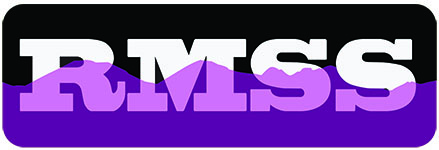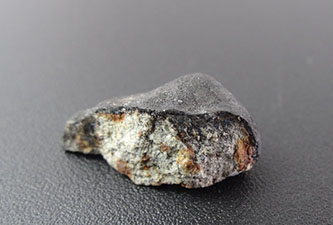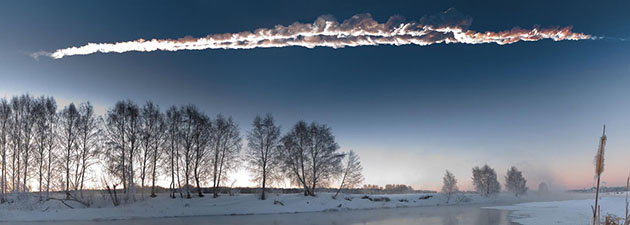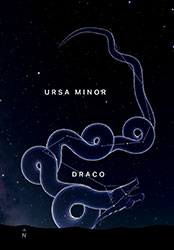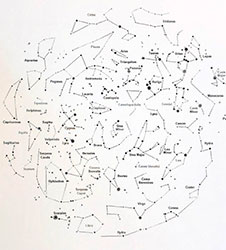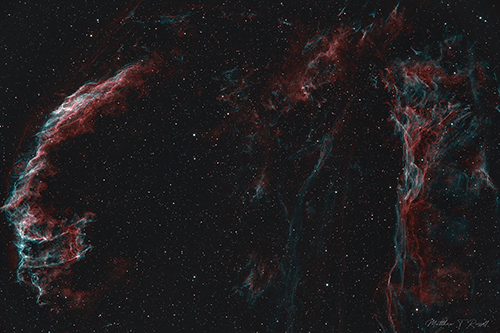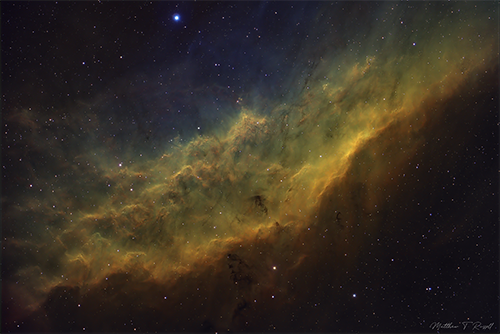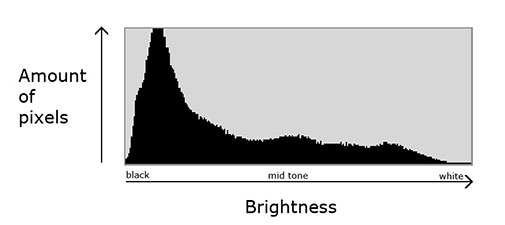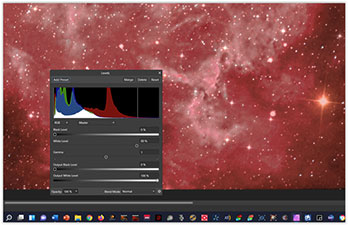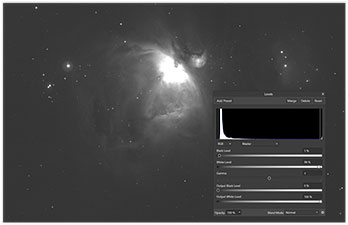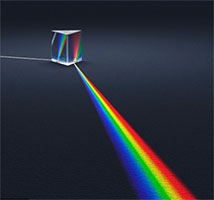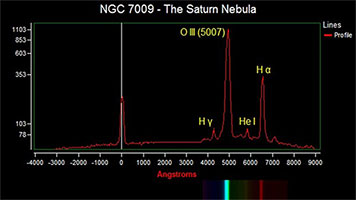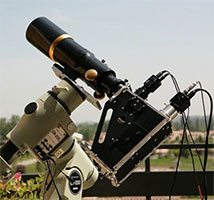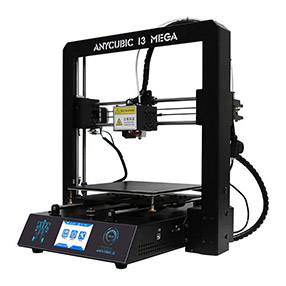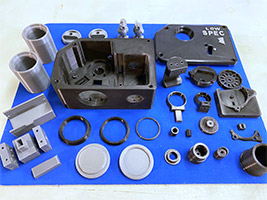General Presentations
Realm of the Nebula: From the Beautiful Interstellar Medium to the Birth of Stars and Planets (John Bally)
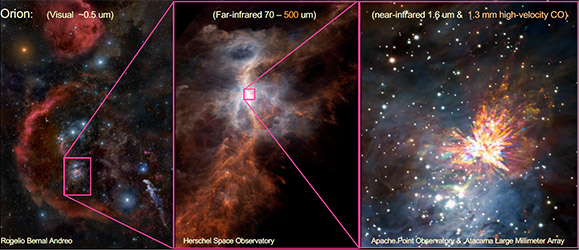
For the first time in history, we have telescopes and satellites than can “see” our Milky Way galaxy and much of the visible Universe in most wavelengths of the electromagnetic spectrum. These instruments are revealing entirely new aspects of the interstellar media in galaxies. The objects familiar to many astrophotographers take-on entirely new meaning when seen in other-wavelengths. I will illustrate the multi-wavelength appearance of some familiar nebulae, and discuss what we have learned about how stars and planets form from interstellar gas through the process of gravitational collapse and turbulent fragmentation. The violence of star birth and stellar death drives a complex `interstellar ecology’ in which atoms cycle from interstellar clouds into stars, and from stars back into interstellar clouds. The beautiful nebulae we can observe with our telescopes mark some of the places in the sky where this cycling of matter operates in full force.
Hunting for New Minor Planets (Pranvera Hyseni)
Why study asteroids? The scientific interest in asteroids is due largely to their status as the remnant debris from the inner solar system formation process. The probability of an asteroid striking the Earth and causing serious damage is very remote but the devastating consequences of such an impact suggests we should closely study different types of asteroids to understand their compositions, structures, sizes, and future trajectories. In this talk, I will be presenting various methods how we detect new minor planets in our solar system, and will be focusing on how to get the general public to contribute in making new discoveries using the same techniques and data provided by some of the world’s largest fully robotic telescopes.
Cultural Astronomy (Liz Coelho)
An overview of the ways in which astronomy influences our culture from our state flags and car logos to movies, songs and popular books. I’ll cover the real science behind astronomical objects that show up in pop culture and give a brief review of the science in the movie Don’t Look Up.
Rocks from The Sky: From Chelyabinsk to Camel Donga (Greg Crinklaw)
This session is for everyone of all ages and interests. We will explore the origin and types of meteorites. Greg will share stories of famous meteorite falls and we will meet larger than life historic characters, such as Harvey Nininger, and Eugene Shoemaker. You will ultimately learn how to start your own meteorite collection and how to hunt for meteorites yourself!
The Constellations: Your Road Map to the Heavens (Bryan R. Gibson)
It’s so nice NOT to feel lost on a journey – same thing with the night sky. Learning the constellations is like knowing your way around the visible universe. This short course will open up that road map for you. This fun filled, fast paced, intense class – will give you an opportunity to learn 20 constellations – so you may NEVER be lost in the sky! This could be the beginning of a journey for you to know them all. I will also share a very incredible, and TRUE, story about how it actually saved the lives of 10 young men. If you don’t know the constellations, well this is a great opportunity for you. If you do know your way around the night sky with ease – well perhaps it will still be fun and put a smile on your face!
Astrophotography Presentations
Session 1- Intro to Astrophotography (Barry Young)
From image capture to final processing, this session provides an overview of amateur astrophotography. Basic equipment, software, and techniques used to create stunning images will be covered, followed by a Q&A session.
Session 2- Entry Level Equipment for Astrophotography (Barry Young)
New to astrophotography or interested in investigating the hobby? Learn how to build a capable entry level system for any budget that will provide an upgrade path as your skills improve. Already have a system but struggling to make it work properly? We will have astrophotographers available afterward to answer your specific questions and have equipment on display.
The Amazing Histogram: It May Be Smarter Than You Think (Bryan R. Gibson)
As photographers of the night sky, we must know both how to capture an image with VERY little light, and also how to process those images. Processing a night sky photo is much more difficult than that required for our daytime images. If your ultimate goal is a better, or even world class image, pre-processing, processing, and post-processing may be required. Understanding histograms, with their associated signals and noise, will be a big step in obtaining that goal. This is important in both image capture and processing. This class will show you how Histograms can help.
Spectroscopy Workshops
Spectroscopy Workshop Part 1 – Acquisition and Processing (Scott Donnell)
This workshop is aimed at the amateur astronomer currently engaged in spectroscopy or planning to soon. During this one-hour session, participants engage in roundtable discussions on topics such as how to plan for and acquire spectra, equipment, techniques, and software, to produce a fully calibrated spectrum.
Spectroscopy Workshop Part 2 – Analysis and Results (Scott Donnell)
This workshop follows-up on Part 1 with roundtable discussions by participants on how to identify spectral features and extract scientifically useful information from spectra such as determining physical properties of stars, distances to quasars, nova shell expansion velocities, properties of accreting disks, interstellar reddening, and nebula gas temperature and density.
3D Printing Workshops
3D Printing Workshop for Astronomers (Steve Bygren)
This workshop will provide an overview of 3D printing and how it can be applied to astronomy. Discussion topics will include an overview of 3D printing hardware, parts design, printing workflow, troubleshooting, and live demonstrations. Sample parts will be available to illustrate “the good, the bad, and the ugly” aspects of 3D printing.
